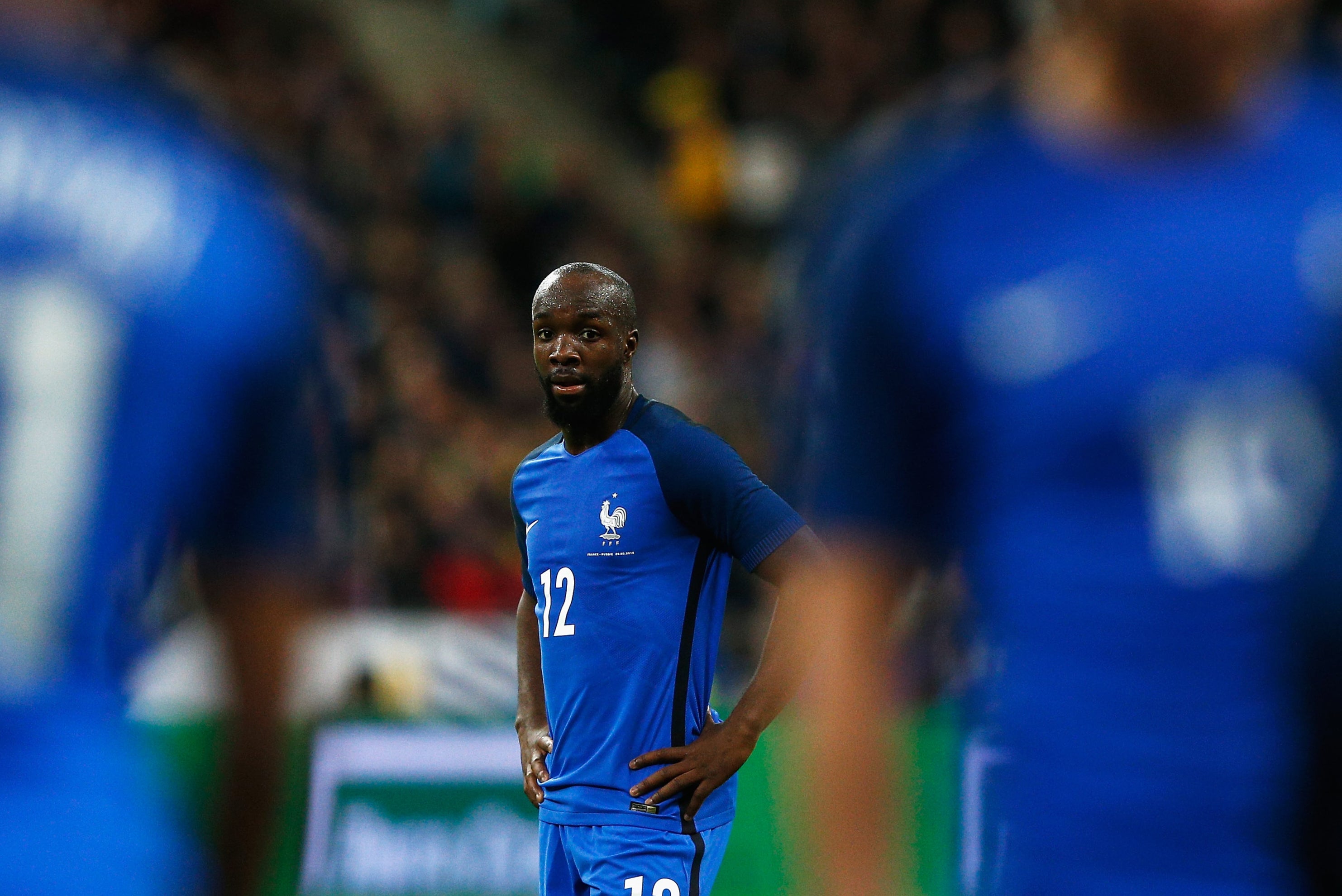Fifa will have to update key paragraphs of its transfer rules to ensure punishment of players for breaking contracts is less draconian, after a European Court of Justice ruling on the Lassana Diarra case on Friday morning.
Although the immediate impact of the judgment is nowhere near as direct as the 1995 Bosman ruling, which instantly changed the nature of movement the next summer, future effects will depend on how this ruling is tested in court. That could yet lead to profound change in future.
The case came after Diarra’s contract with Lokomotiv Moscow was terminated in 2014 and he asked Fifa to confirm he was a free agent so he could move to Charleroi. The process caused a delay that ultimately saw the Belgian club pull out of a deal, which the player and his representatives argued represented a restraint of trade.
The ECJ ruling has come down on Diarra’s side as regards specific parts of Fifa Regulations on the Status and Transfer of Players, with a press release declaring them “contrary to EU law”. That will specifically require a rewrite of article 17.2 regarding the manner in which compensation owed by a player who terminates their contract without just cause is paid.
The ruling does nevertheless recognise the importance of contractual stability for football competitions to operate as normal. In other words, players can’t freely break contracts to force a move. The players’ representative groups stress the court says there has to be a more proportionate employer-employee relationship in that regard, and football can’t exist in an employment law vacuum. A further question raised by the judgement is over whether Fifa’s application of the rules sufficiently fulfils this stated legitimate objective of “the regularity of interclub football competitions”.
This is where another layer is added to the case, since it comes in the context of ongoing challenges to both Fifa and Uefa, especially where the line blurs between regulator and competition organiser. Sports legal expert Antoine Duval posted on social media that “the Court is even quite brutal when it states that overall these critera seem to be primarily used to protect the financial interests of clubs”, which could yet lead to wider reform.
It was notable in that context that a statement by Professional Footballers Association chief executive Maheta Molango mentioned why they “and other player unions are also pursuing legal action in relation to the fixture calendar and player workload”.
The European Leagues, which represents the continent’s domestic competitions, also stated “the inclusion of leagues and players’ unions representatives in the international governance of football is now becoming legally essential considering the collective role they play in the social dialogue at national level”.
FifPro meanwhile described an outcome that will “change the landscape of professional football”.

Fifa’s own statement was much more sober, but made a point of stressing the confederation was “satisfied”, while specifying “the ruling only puts in question two paragraphs of two articles of the Fifa Regulations on the Status and Transfer of Players”.
Other figures and legal experts with direct knowledge of the situation believe that the case just means “a refresh of the rules and not a renovation”.
There is even a view that Fifa actually implements the system the court wants now, since players are not in practice made liable for future transfer fees when a contract has been terminated, but it’s just that a clearer mechanism is required.
There is unlikely to be any change if a club does try to poach a player, and that a deterrent effect will likely remain in place, but the workable reality will only be revealed by actual attempts to test the rules with concrete examples.
That is one way the ruling is different to Bosman, since it doesn’t call for an immediate change to the way players transfer. Put in the simplest terms, it won’t have an immediate modern equivalent of Edgar Davids moving to Milan from Ajax on a free, in the way that happened after Bosman. Any future cases are nevertheless dependent on the appetite for risk from relevant parties in future deals. One view on players’ representative sides is that the two relevant paragraphs prop up the entire transfer system, which is now an opportunity to challenge. It reflects the complexity of the issue, in the words of one figure, that there are a range of possible legal permutations.

